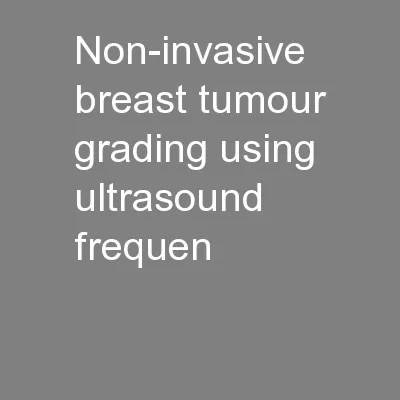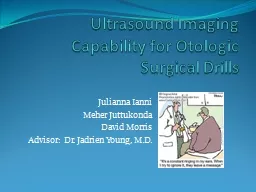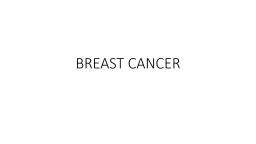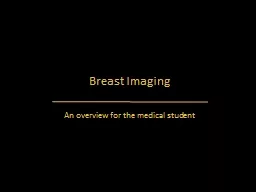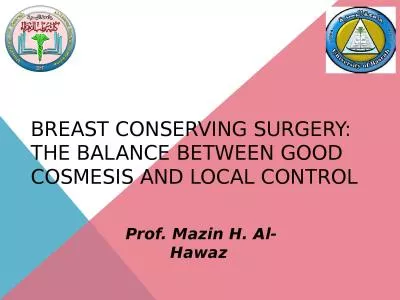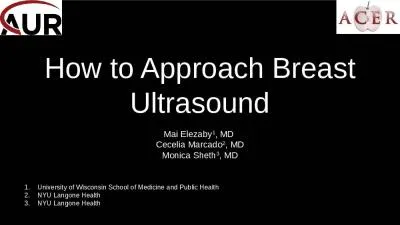PPT-Non-invasive breast tumour grading using ultrasound frequen
Author : lindy-dunigan | Published Date : 2016-07-08
Hadi Tadayyon June 11 2012 Clinical challenge High risk for metastasis Characterized as gt 5 cm long axis Skinchest wall involvement Lymph node involvement Tumour
Presentation Embed Code
Download Presentation
Download Presentation The PPT/PDF document "Non-invasive breast tumour grading using..." is the property of its rightful owner. Permission is granted to download and print the materials on this website for personal, non-commercial use only, and to display it on your personal computer provided you do not modify the materials and that you retain all copyright notices contained in the materials. By downloading content from our website, you accept the terms of this agreement.
Non-invasive breast tumour grading using ultrasound frequen: Transcript
Download Rules Of Document
"Non-invasive breast tumour grading using ultrasound frequen"The content belongs to its owner. You may download and print it for personal use, without modification, and keep all copyright notices. By downloading, you agree to these terms.
Related Documents

